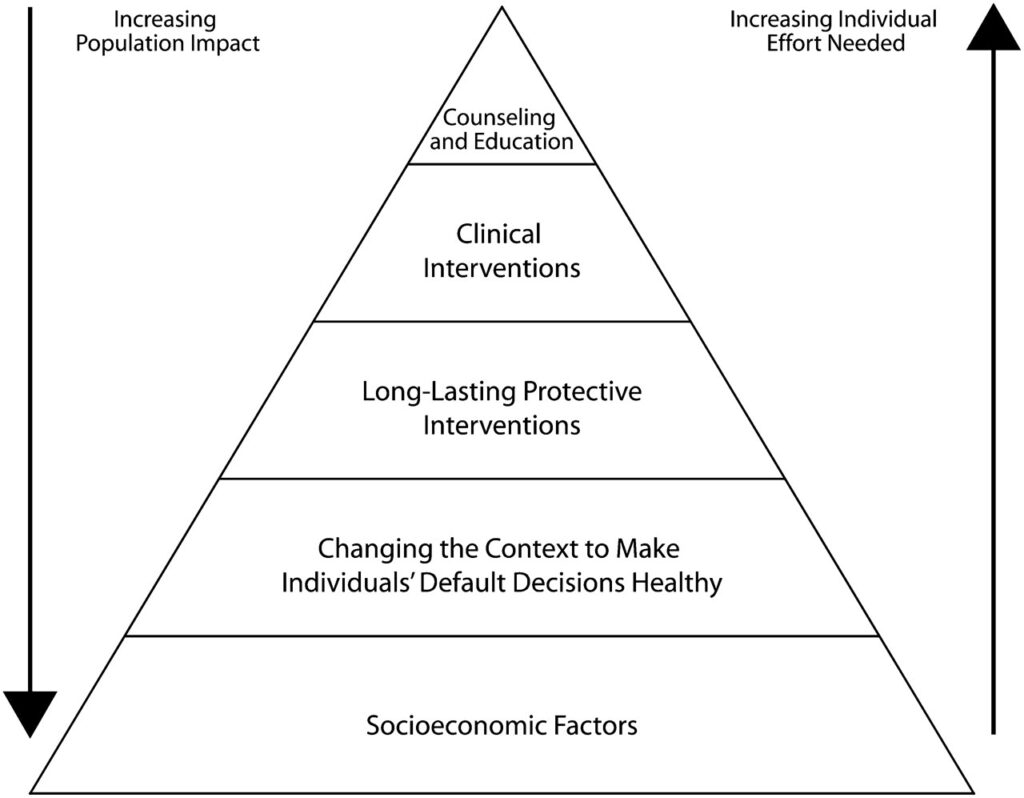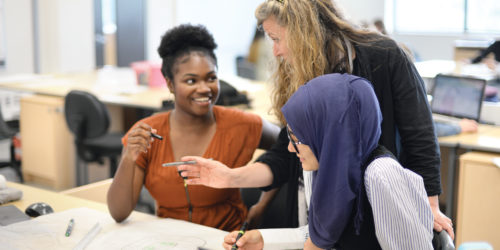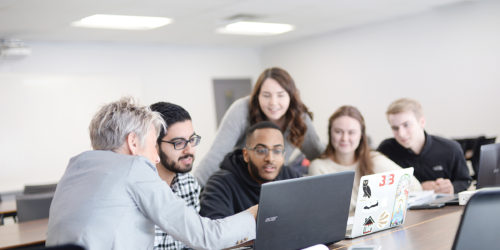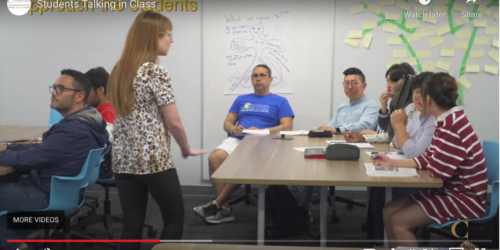
“So, What Do You Think?” Using Think-Pair-Share to Engage All Students
One of the simplest ways to engage your students is the tried-and-tested teaching strategy called ‘Think-Pair-Share’. If you are newer to teaching, then this should be one of the first tools you develop and use as part of your teacher ‘toolbox’. It is easy to use yet very effective in improving collaboration and communication as well as improving learning outcomes.
What is ‘Think-Pair-Share’?
The Think-Pair-Share strategy (Lyman, 1981) was developed to help faculty involve all students in thinking with the questions they ask. When properly implemented, it allows for full participation of students in a class, not just those three or four students who are often all too eager to answer your questions. Furthermore, using Think-Pair-Share makes your lesson accessible to all students, especially neurodiverse learners who may be uncomfortable raising their hands to offer answers, or learners who possess different neural processing speeds that may require more time to analyze your question and formulate a proper answer. Finally, we all want our students actively engaged! It’s fun to watch students engage with course material that you carefully crafted for them. Current Think-Pair-Share research underscores its effectiveness demonstrating a developmental increase in critical thinking skills in Nursing students (Kaddoura, M. (2013) and increased student participation resulting in improved discussion quality (Guenther, A. R., & Abbott, C. M. 2024).
How Does it Work?
Begin first by designing and asking a question that is worth thinking about, one that is higher up on the spectrum of effective questioning. When the question is asked, give students anywhere from 10 seconds to 1 minute (or longer), depending on the complexity of the question. Then have students turn to a partner and share their answers. This pairing provides a psychologically safe opportunity to share their answers with a peer as a check for understanding and to self-correct their answers based on peer feedback. Finally, now that all students have had the opportunity to engage with the question, you can promote individual accountability by randomly calling upon students to share their answers.
Below are some simple instructions on how to conduct a Think-Pair-Share. Share these instructions with your students within your slide decks so they can follow the instructions of what to do. Consider a sample demonstration with those instructions. For example, you might pose a question like “Should school uniforms be mandatory?” and walk through the three steps for think-pair-share (or write-share-pair). This process can be modified for synchronous classes. In so doing, students do the thinking or writing prior to the breakout room, discuss during the breakout room, then return to share their thinking with the class.
Think-Pair-Share
Think individually about a possible answer
Pair with another student and share each other’s thinking
Share your answer if called upon
Write-Pair-Share
Write individually about a possible answer
Pair with another student and share each other’s thinking
Share your answer if called upon
Watch the following video that outlines the Think-Pair-Share strategy in action as outlined above. Pay particular attention to the role the faculty can play as students pair-up to share their thinking.
Using ‘Think-Pair-Share’: An Example from Health Care
Consider the following example of how one might implement Think-Pair-Share within a health care lesson. Put yourself in the position of the faculty delivering this Think-Pair-Share activity:
“As you can see from the diagram [faculty shows diagram from a slide below], there are five factors that can impact health of an individual. Notice that one of the factors, the socioeconomic factors, appears to have a large impact on the health of a population.
Think for about a minute, silently to yourself, what some of those socio-economic factors might be and why they are impactful. Feel free to write them down if needed. Then I will have you share your thinking with a partner. After your discussion, I will select a few of you to share your ideas.”
It is that easy! So, as you prepare lessons for your students, look to your slide deck on where you might implement Think-Pair-Share several times throughout your lesson. Maybe they analyze a graphic, a set of data, a video on a process, even or a quote to consider. Let them have an opportunity to think at those high levels where the cognitive joy of learning is often found.
Conclusion
Like any teacher tool, you need to use it regularly to get comfortable with it. This is true for your students as well, especially if they come from an educational culture that does not value collaboration among students. As Think-Pair-Share becomes second nature to you through repeated use, you will naturally see times in your teaching where students can do the cognitive ‘heavy lifting’ in your courses. Not only will this improve learning but also generously acknowledges your student’s capacity for generating thoughts, ideas, and opinions.
For further information on other active learning strategies for your classes then visit the following Hub Post https://tlconestoga.ca/active-learning-ideas/
References
Guenther, A. R., & Abbott, C. M. (2024). Think-Pair-Share: Promoting Equitable Participation and In-Depth Discussion. PRiMER (Leawood, Kan.), 8, 7. https://doi.org/10.22454/PRiMER.2024.444143
Kaddoura, M. (2013). Think Pair Share: A teaching Learning Strategy to Enhance Students’ Critical Thinking. ERQ : Educational Research Quarterly., 36(4), 3–24. https://doi.org/info:doi/
Lyman, F. T. (1981). The responsive classroom discussion: The inclusion of all students. In A. Anderson (Ed.), Mainstreaming Digest (pp. 109-113). College Park: University of Maryland Press.
MIT OpenCourseWare. (2017, Feb. 24). Think-Pair-Share [Video]. YouTube. https://www.youtube.com/watch?v=fqrOxeL-fwk&t=108s







